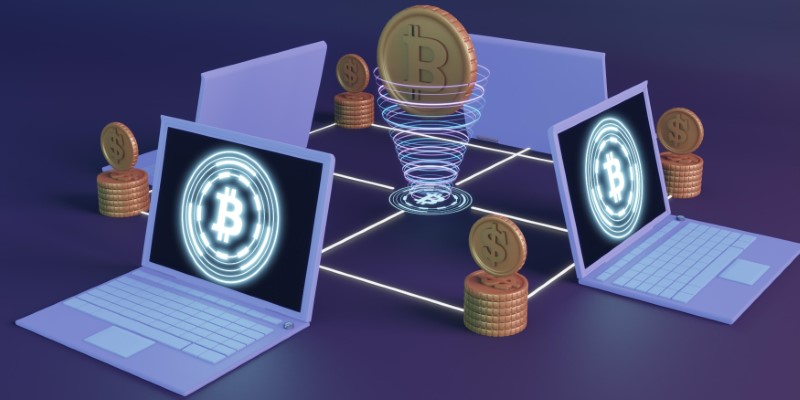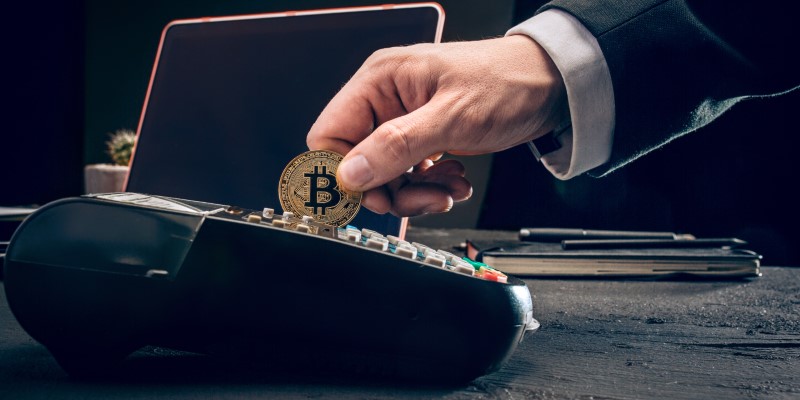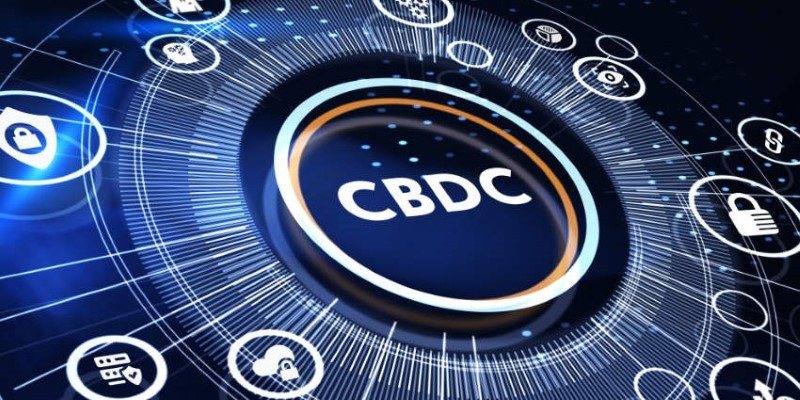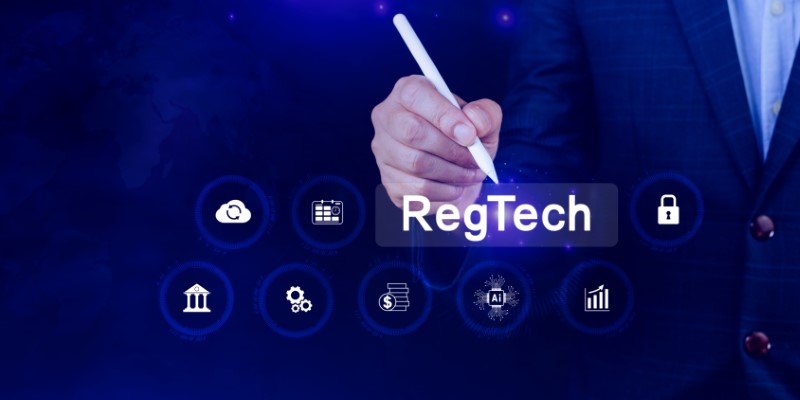Why Is The Tokenization Of Assets Gaining Traction In 2024?
In 2024, the financial landscape is witnessing a significant shift with the rise of asset tokenization. This innovative approach transforms how traditional assets are managed, traded, and invested, offering new opportunities for investors and businesses.
Understanding Asset Tokenization: A Brief Overview
Asset tokenization involves representing ownership rights of an asset through digital tokens on a blockchain. These tokens can signify shares in real estate, art, commodities, or even intellectual property. By leveraging blockchain technology, tokenization ensures transparency, security, and immutability of transactions, making asset ownership more accessible and transferable.
Tokenization bridges the gap between traditional asset markets and the digital economy. It allows fractional ownership, enabling investors to purchase smaller stakes in high-value assets, lowering entry barriers and fostering a more inclusive investment environment.

The Role Of Blockchain Technology
Blockchain is the backbone of asset tokenization, providing a decentralized and secure ledger for recording transactions. Its transparent nature ensures that all token transactions are traceable and verifiable, reducing the risk of fraud and enhancing trust among participants.
Types Of Assets Suitable For Tokenization
Asset classes, including real estate, art, precious metals, and financial instruments like stocks and bonds, are being tokenized. Each asset type benefits uniquely from tokenization, whether increasing liquidity in the real estate market or making art investments more accessible to a broader audience.
Key Factors Driving The Popularity Of Asset Tokenization In 2024
Several factors are contributing to this year's surge in asset tokenization popularity. These include advancements in blockchain technology, increased regulatory clarity, growing investor interest in digital assets, and the quest for greater financial inclusion.
Technological Advancements
Continuous improvements in blockchain technology have made asset tokenization more feasible and efficient. Enhanced scalability, faster transaction speeds, and lower costs have addressed many initial barriers to widespread adoption, making tokenization a practical solution for various asset classes.
Regulatory Developments
In 2024, regulatory frameworks around asset tokenization have become more defined and supportive. Governments and financial authorities are establishing clear guidelines that ensure investor protection while fostering innovation. This regulatory clarity has boosted investor confidence and encouraged businesses to explore tokenization.
Investor Demand For Liquidity
Investors increasingly seek liquidity in traditionally illiquid markets such as real estate and fine art. Asset tokenization addresses this demand by enabling fractional ownership and easier trading of asset shares on secondary markets. This increased liquidity makes investments more attractive and accessible.
Financial Inclusion And Democratization
Tokenization promotes financial inclusion by lowering the barriers to entry for various asset investments. Individuals who previously lacked the means to invest in high-value assets can now participate through fractional token ownership, democratizing access to diverse investment opportunities.

Benefits And Opportunities Of Tokenizing Traditional Assets
Tokenizing traditional assets presents numerous benefits and opens opportunities for investors, businesses, and the broader financial ecosystem. These advantages are reshaping investment strategies and asset management practices.
Enhanced Liquidity
One of the primary benefits of asset tokenization is the enhancement of liquidity. By breaking down high-value assets into smaller, tradable tokens, investors can buy and sell fractions of assets more efficiently. This increased liquidity makes markets more dynamic and gives investors greater flexibility in managing their portfolios.
Increased Accessibility
Tokenization democratizes access to investment opportunities by allowing fractional ownership. Investors can participate in asset classes that were previously inaccessible due to high entry costs. This inclusivity broadens the investor base and fosters a more diverse and resilient financial market.
Improved Transparency And Security
Blockchain technology ensures that all transactions are recorded transparently and securely. This immutable ledger reduces the risk of fraud and enhances trust among participants. Investors can verify the authenticity and ownership of tokens, ensuring their investments are secure and legitimate.
Cost Efficiency
Traditional asset transactions often involve multiple intermediaries, leading to higher costs and longer processing times. Asset tokenization streamlines these processes by leveraging smart contracts and decentralized platforms, reducing the need for intermediaries and lowering transaction costs.
Enhanced Portfolio Diversification
With tokenization, investors can quickly diversify their portfolios by investing in various asset classes and geographical locations. This diversification reduces risk and enhances the potential for returns, making investment strategies more robust and balanced.

Challenges And Regulatory Considerations In Asset Tokenization
Despite its numerous benefits, asset tokenization faces several challenges and regulatory considerations that need to be addressed to ensure its sustainable growth and widespread adoption.
Regulatory Uncertainty
While regulatory frameworks have improved, there is still a degree of uncertainty surrounding asset tokenization. Different jurisdictions have varying regulations, which can complicate cross-border token transactions. Harmonizing these regulations is essential to facilitate seamless global tokenization processes.
Security Risks
Despite blockchain's security advantages, tokenized assets are not immune to cyber threats. Ensuring the security of digital wallets, smart contracts, and blockchain networks is paramount to protecting investors and maintaining trust in the tokenization ecosystem.

Market Adoption
The widespread adoption of asset tokenization requires significant changes in traditional financial systems and investor mindsets. To achieve this, resistance from established financial institutions must be overcome, and investors must be educated about the benefits and mechanisms of tokenization.
Technical Challenges
The technical infrastructure for asset tokenization is still evolving. To support large-scale adoption, issues such as scalability, interoperability between different blockchain platforms, and the integration of tokenization with existing financial systems need to be addressed.
Legal Ownership And Rights
Tokenization raises complex legal questions regarding ownership and rights associated with digital tokens. Clarifying the legal status of tokenized assets and ensuring that token holders have clear and enforceable rights is crucial for protecting investors and maintaining the market's integrity.

Conclusion
Asset tokenization is revolutionizing the financial landscape in 2024 by making traditional assets more liquid, accessible, and secure. While challenges such as regulatory uncertainty and technical hurdles remain, the benefits of enhanced liquidity, increased accessibility, and improved transparency are driving its rapid adoption. As blockchain technology advances and regulatory frameworks become more supportive, asset tokenization is poised to play a central role in the future of investment and asset management.





